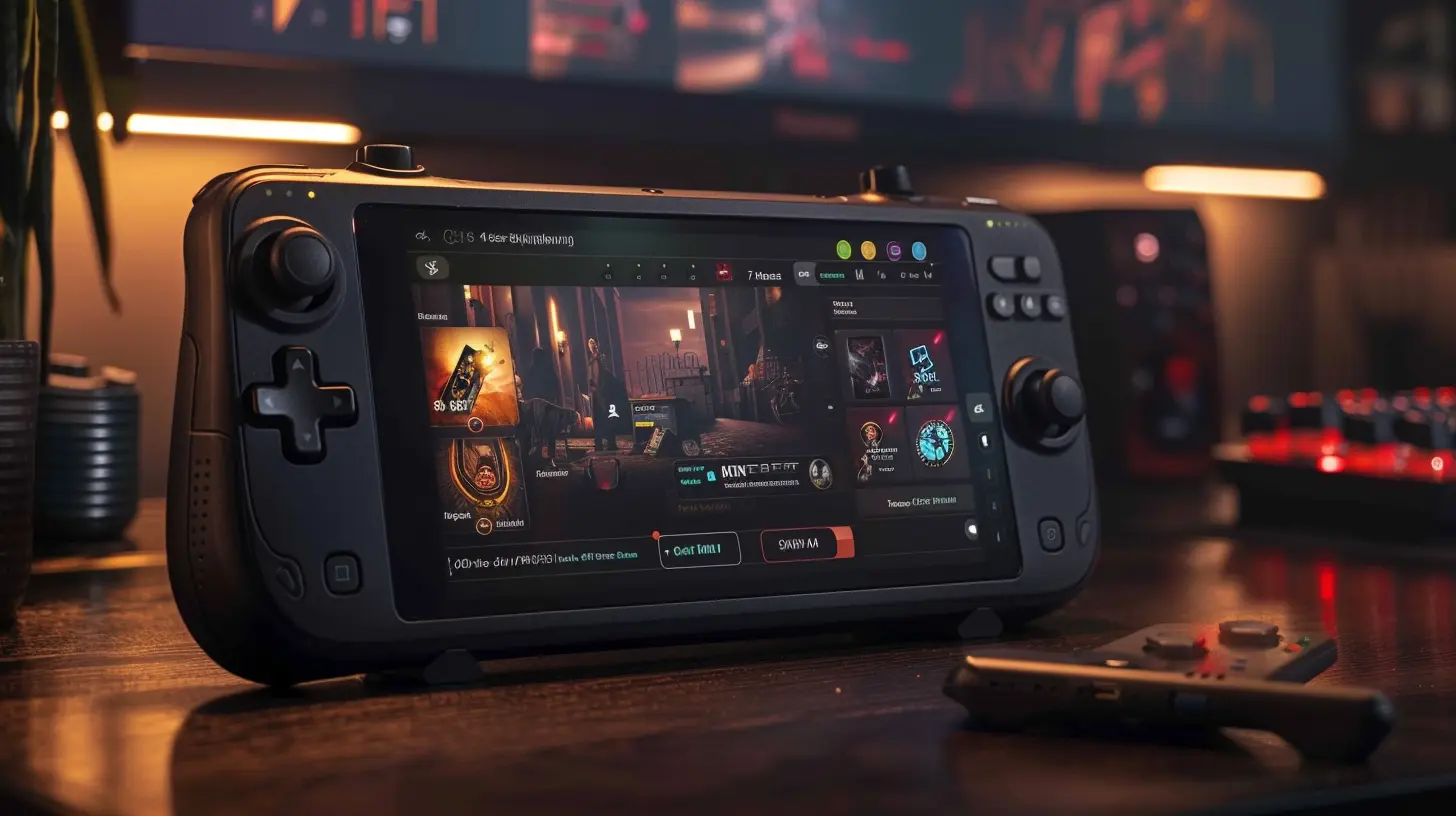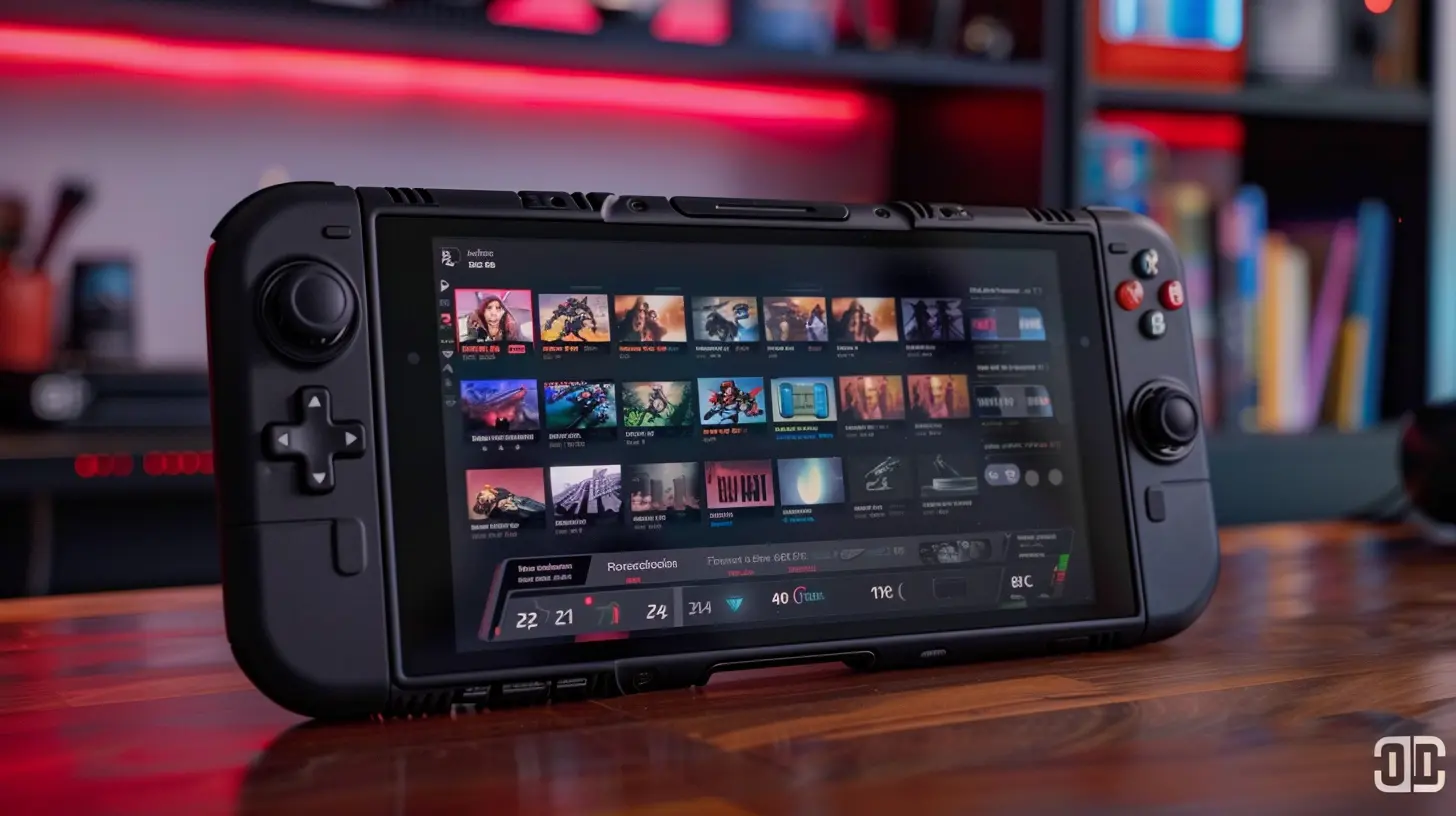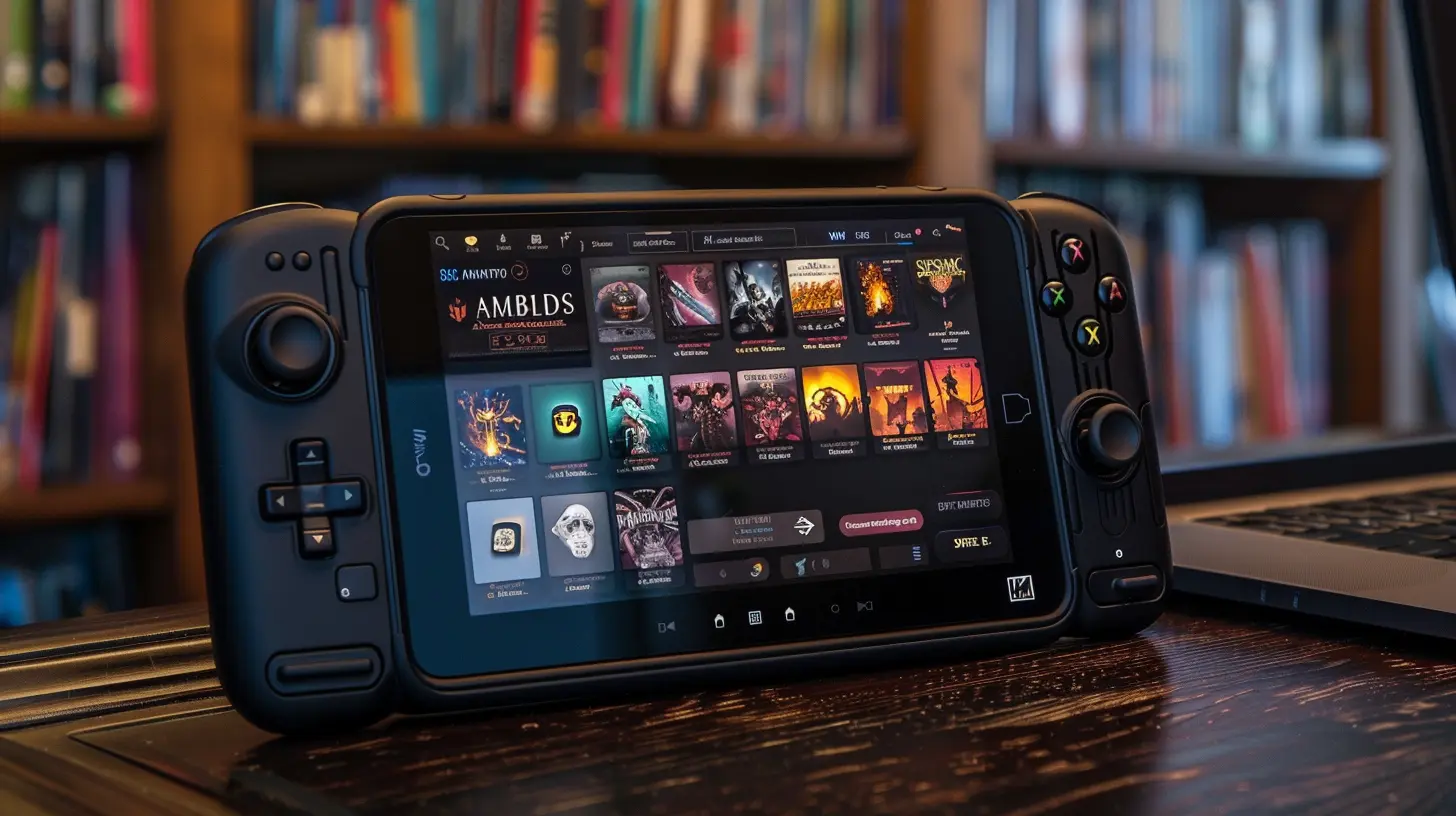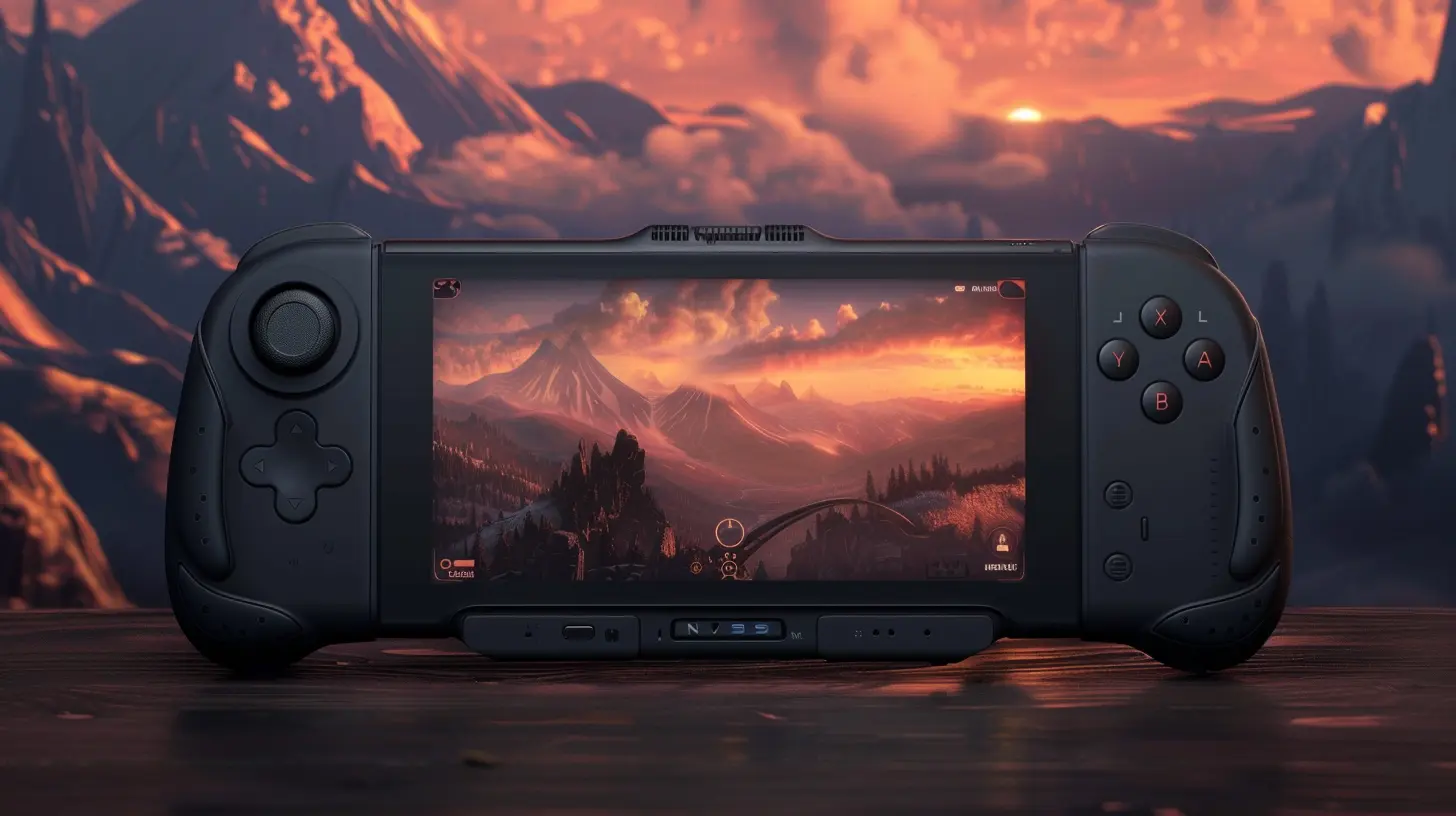Steam Deck Docking Explained: Connecting Your Portable Library to the Big Screen
27 October 2025
So, you’ve got your hands on a Steam Deck—Valve’s handheld powerhouse that packs the punch of a PC into a portable device. Whether you’ve been exploring your growing library of games on its crisp 7-inch display or modding the heck out of your favorite titles, you’ve probably wondered: What happens when I connect this bad boy to a much bigger screen?
That’s where docking comes into play. Just like the Nintendo Switch, the Steam Deck can connect to external displays, but it takes things a step further by doubling down on its PC-like versatility. In this guide, let’s unwrap everything you need to know about docking your Steam Deck, how it works, what you need, and why it’s such a game-changer for gamers who want the best of both handheld and desktop worlds. 
What Exactly Is Steam Deck Docking?
Think of docking your Steam Deck like plugging a laptop into a monitor—it’s all about enhancing your gaming or working experience. When docked, the Steam Deck transitions from a handheld device to a more traditional setup that can connect to a TV, monitor, or even a full-on battlestation with a keyboard, mouse, and other peripherals.Docking isn’t just about scaling up the visuals—though that’s definitely the eye candy we all look forward to. It’s about flexibility. Want to couch-game like a console player? Dock it. Need to crank out some emails or browse the web with a proper keyboard? Dock it.
Why Should You Dock Your Steam Deck?
- Bigger Screen: That 7-inch display is great for portability, but nothing beats seeing your favorite games on a massive 4K TV.- Enhanced Comfort: Prolonged gaming sessions are way more comfortable when you’re not hunched over a handheld device.
- PC-Like Versatility: Treat the Steam Deck like a mini-PC. Run productivity apps, connect peripherals, or even dual-screen it for multitasking.
- Better Audio Options: Docking opens the door to pumping your game soundtracks through quality speakers or a proper sound setup.

What Do You Need to Dock Your Steam Deck?
Now that you’re hyped about docking, let’s talk about the gear. While the Steam Deck doesn’t come with a dock out of the box, Valve sells an official dock, and third-party alternatives are available too.The Official Steam Deck Dock
Valve’s official dock is tailor-made for the Deck. It checks all the boxes with its robust connectivity options:- HDMI and DisplayPort: For connecting to your TV or monitor.
- USB Ports: For plugging in peripherals like keyboards, mice, or controllers.
- Ethernet Port: A handy option for a wired internet connection (hello, lag-free online gaming).
- Power Passthrough: Keeps your Steam Deck charged while docked.
The official dock is a safe bet if you value an easy plug-and-play experience.
Third-Party Hubs
If you’re on a budget or the official dock is out of stock (it happens a lot), third-party USB-C hubs are fantastic alternatives. Just make sure the hub supports the following:- Video Output: Most hubs with HDMI or DisplayPort should work fine.
- PD Charging Support: To keep your Deck juiced up while you game.
- At Least 2 USB Ports: For peripherals or external storage.
Remember, not all hubs are created equal. Cheaper models might not deliver the same performance, so read reviews and ensure compatibility before committing. 
How to Dock Your Steam Deck (Step-by-Step)
So, you’ve got your dock or hub and a massive bowl of snacks. What’s next? Let’s walk through the process of docking the Steam Deck. Don't worry—it’s super simple.Step 1: Plug In the Dock
Connect your dock to a power source and hook it up to your display using an HDMI or DisplayPort cable.Step 2: Connect Your Steam Deck
Attach your Steam Deck to the dock using the USB-C connection. The dock should handle the rest, automatically sending the video signal to your screen.Step 3: Set Up Peripherals
Got a keyboard, mouse, or controller? Plug them into the dock’s USB ports. If you’re planning to go full-on desktop mode, this step is non-negotiable.Step 4: Tweak Display Settings
Once the Steam Deck is docked and connected, head over to the Display Settings in SteamOS. Here, you can optimize the resolution and refresh rate to suit your external display. Keep in mind that the Deck is a beast, but it’s not a 4K Ultra settings monster—be realistic about what it can handle.That’s it. You’re ready to dive into your library like never before! 
FAQs About Docking the Steam Deck
Can I Use the Steam Deck While It’s Docked?
Absolutely! The Deck remains fully functional while docked. You can use the built-in controls, but for the best experience, consider connecting wireless controllers like an Xbox controller or even Valve’s own Steam Controller.Does Docking Improve Performance?
Nope. Docking doesn’t suddenly give the Steam Deck extra horsepower—it’s still running the same hardware. However, you’ll gain the benefit of a larger screen and easier multitasking.Can I Connect Bluetooth Devices While Docked?
Totally. The Deck’s Bluetooth works just fine in docked mode, so feel free to connect wireless headphones, controllers, or even a Bluetooth keyboard and mouse.Tips for the Best Docking Experience
Docking your Steam Deck is pretty straightforward, but here are some pro tips to make the most of it:- Optimize Game Settings: When switching from the Deck’s built-in screen to a larger display, you might need to tweak graphical settings to maintain performance.
- Use a Good HDMI Cable: A high-quality HDMI 2.0 or higher cable can reduce input lag and support higher resolutions/refresh rates.
- Keep It Cool: Docking means the Deck can run longer sessions without relying solely on its internal battery. However, ensure the area around your dock is well-ventilated to prevent overheating.
- Invest in a Stand: If you’re using a third-party hub without a built-in stand, consider getting a sturdy stand for your Deck. No one likes a wobbly gaming setup.
- Experiment with Desktop Mode: Beyond gaming, the Steam Deck’s desktop mode transforms it into a super-portable PC. Dock it, open up Chrome, and start multitasking like a pro.
Why Docking the Steam Deck Is a Game-Changer
Docking the Steam Deck isn’t just a way to flex your PC gaming muscle on the big screen—it’s an extension of the device’s philosophy. The Steam Deck is all about freedom and choice, giving you the flexibility to play however you want, whenever you want.Whether you're crushing through your backlog on a 65-inch TV, running emulators, or diving into mods in desktop mode, docking pushes the boundaries of what a handheld gaming console can do. It turns the Steam Deck into an all-in-one entertainment hub, blurring the line between console, PC, and portable device.
So, if you’ve been on the fence about docking, remember that it’s not just a setup—it’s a step toward unlocking the full potential of your Steam Deck.
Conclusion
Docking the Steam Deck is the ultimate way to bridge the gap between handheld convenience and living room grandeur. With the right dock or hub, a solid cable, and a bit of tweaking, you can transform your portable gaming device into an all-out gaming and productivity machine.Now, the only question left is: What game are you playing first on the big screen?
all images in this post were generated using AI tools
Category:
SteamAuthor:

Stephanie Abbott
Discussion
rate this article
1 comments
Greta Wilson
Great overview of the Steam Deck docking process! It’s exciting to see how easily we can enjoy our portable games on a bigger screen. Perfect for couch gaming with friends!
October 27, 2025 at 3:54 AM

Stephanie Abbott
Thank you! I'm glad you enjoyed the overview. The Steam Deck really does make couch gaming with friends a breeze!


